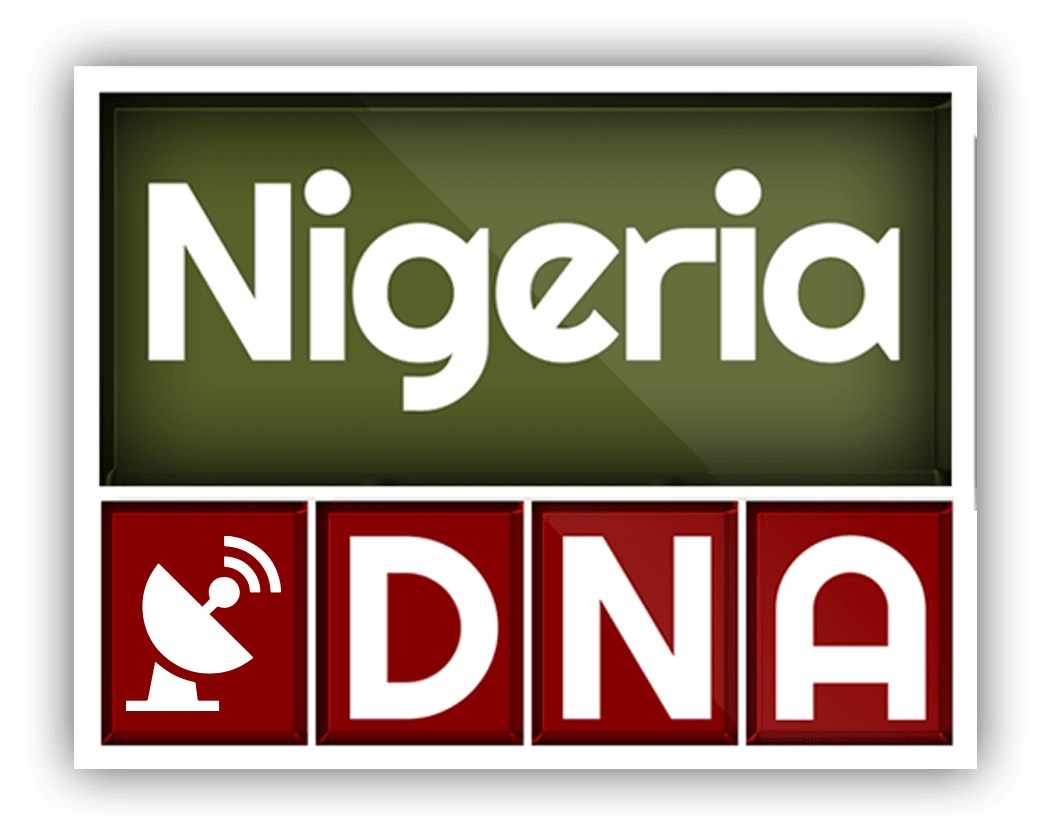To an outside observer, deciphering Nigeria’s digital government communications in years past may have seemed like trying to find one’s way through a bustling Lagos market during rush hour – vibrant, but chaotic. Individual voices, personal social media handles, fragmented narratives; the cacophony was deafening, and the message often lost. Same for many Nigerians. Getting a straight story from government officials once meant diving into a digital maze. Nigerians had to sift through tweets, Facebook posts, even Instagram stories from personal handles of government aides, seeking what’s official amidst personal reflections. The challenge? Too many voices, not enough clarity.
This wasn’t merely an issue of optics; it was symptomatic of a deeper malaise, a lack of robust structures, systems, and institutions guiding our digital voice. In the digital age, where clarity is prized and misinformation spreads in seconds, the stakes couldn’t be higher. Where the government communications from personal handles scaled through, it became an albatross on the neck of the government because, governance is not simple mathematics – things could change during implementation and thus communications not properly structured at the time of dissemination could later become promises unkept to the populace. And for a nation as dynamic and diverse as Nigeria, clear, consistent, and unified communication is not just desired; it’s a must. While global counterparts have effectively harnessed digital channels for streamlined information dissemination, Nigeria used to seem lost in the cacophony of personal glory and voices. Notice me syndrome, I call it.






